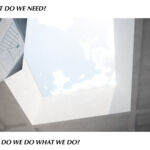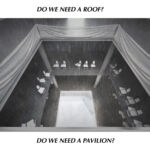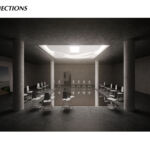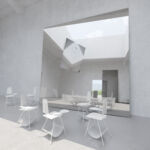Russian Pavilion Renovation at Venice Biennale
Project's Summary
The Project of Russian Pavilion at Venice Biennale represents a bold and innovative approach to architectural renovation. Designed by the Nowadays office, this concept was shortlisted in an open call competition, showcasing its relevance even amidst the challenges posed by the COVID-19 pandemic. The project emphasizes a method rather than a conventional design, promoting a philosophy of slowing down and thoughtful observation of the architectural space and its surroundings.
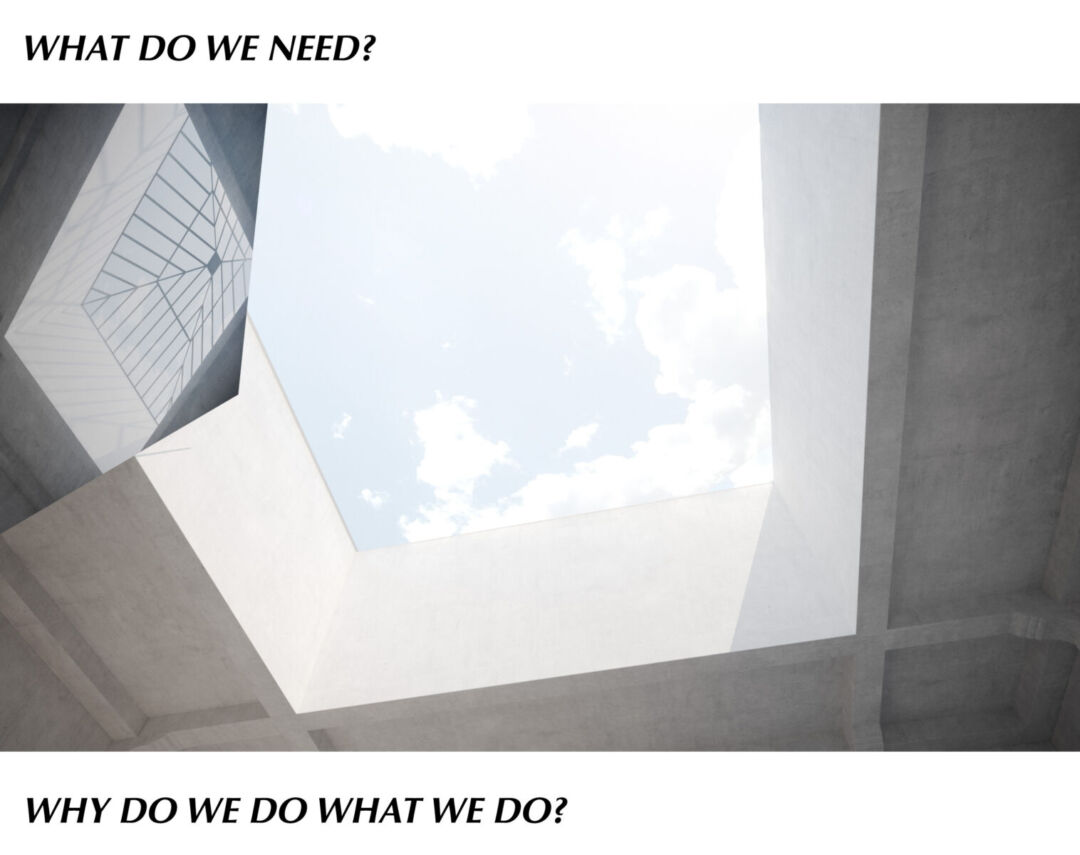
At the heart of this renovation is the act of dismantling key architectural elements—such as the roof, doors, and window blocks. This deconstruction serves a dual purpose: it enhances the pavilion's observability while also inviting deeper contemplation about the nature of architecture. The absence of the roof leads to a questioning of the fundamental role of buildings as shelters. Meanwhile, the removal of windows opens up discussions about the building's relationship with its environment, allowing visitors to experience the pavilion in a new light.
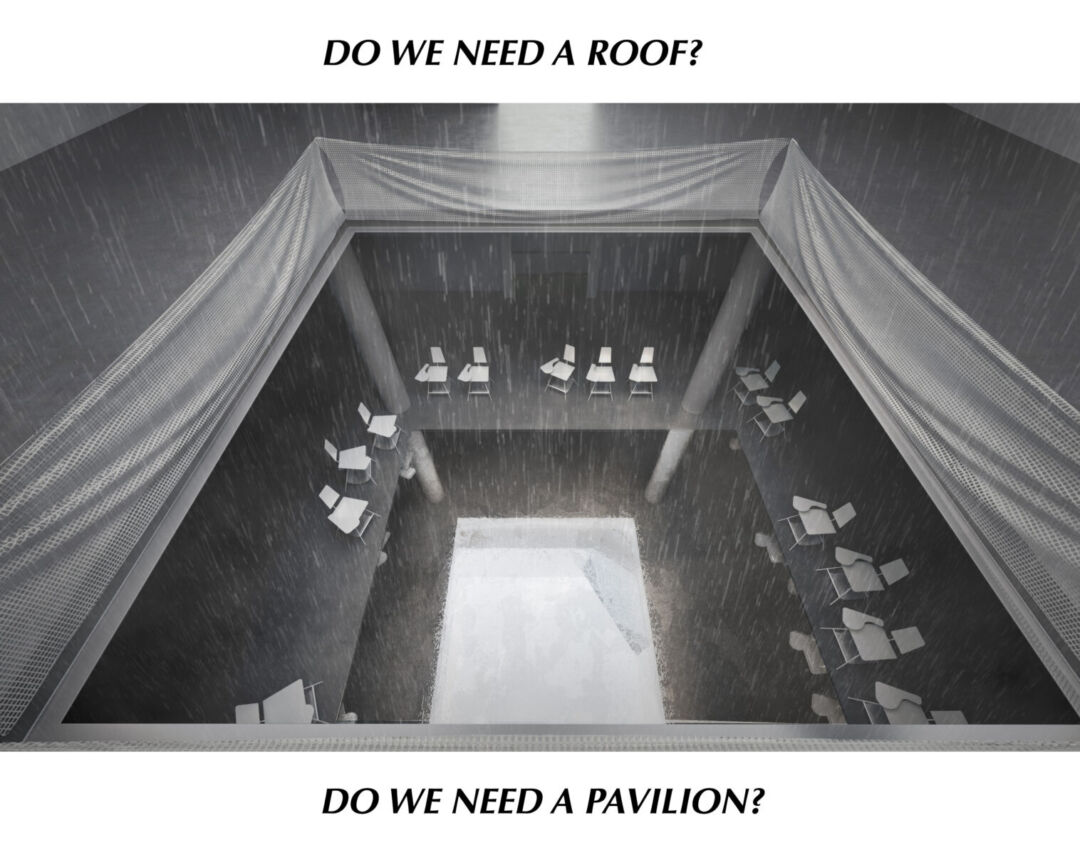
The installation features large mirrors strategically placed next to openings, transforming the pavilion into a dynamic space that encourages interaction without interference. This innovative design fosters a sense of collective questioning, creating an inviting atmosphere for visitors. The pavilion is not merely a structure; it is a space for dialogue and reflection, accommodating discussions among groups of up to 15 people. The layout promotes engagement and contemplation, allowing visitors to slow down and immerse themselves in the experience.

A significant aspect of this project is the intentional flooding of the ground floor, symbolizing acceptance of the current environmental conditions. Recognizing the high risk of flooding in Venice, especially in November, this measure highlights the urgent need for waterproofing strategies within the pavilion and the city. It is a proactive response to climate change and its effects on urban architecture, ensuring the preservation of the pavilion while also serving as a commentary on the broader implications of environmental challenges.
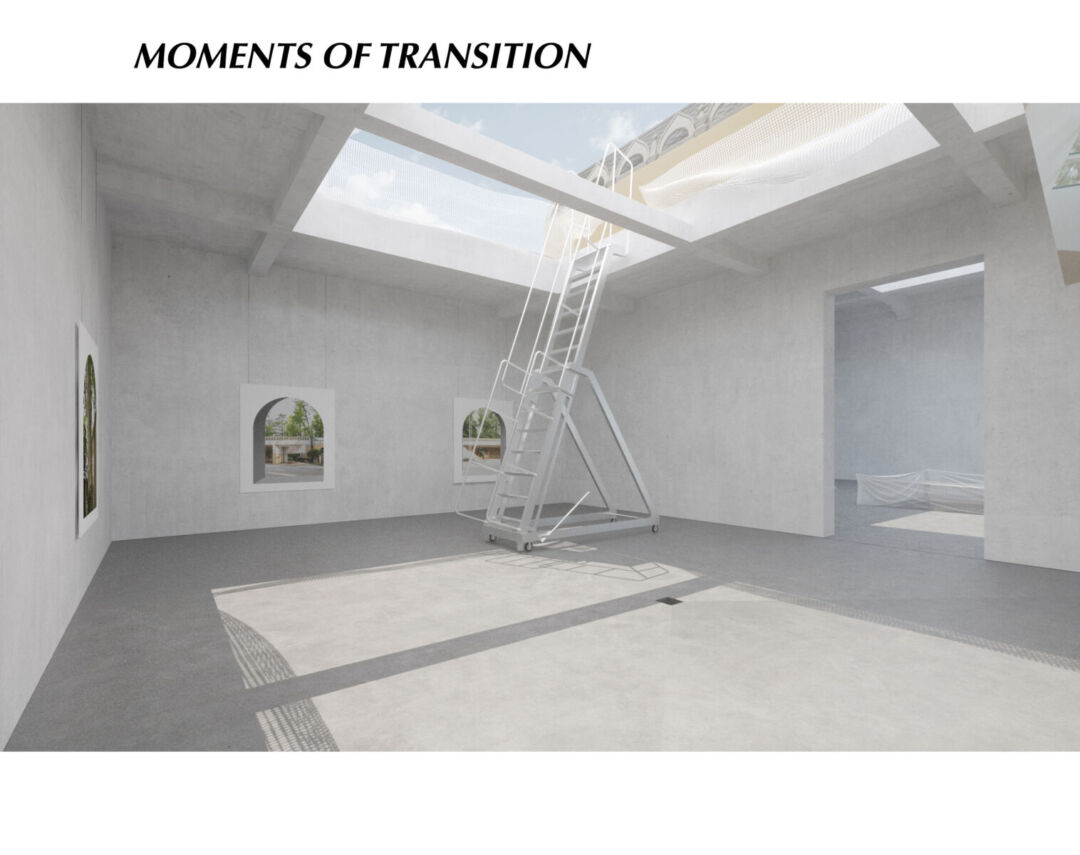
In conclusion, the renovation of the Russian Pavilion at the Venice Biennale is a transformative project that challenges conventional architectural practices. By prioritizing observation, questioning, and collective engagement, the Nowadays office has created a unique space that not only addresses practical concerns but also invites visitors to reflect on the essence of architecture and its role in society.
Read also about the Renk Mobil: A Vibrant Architectural Marvel project
